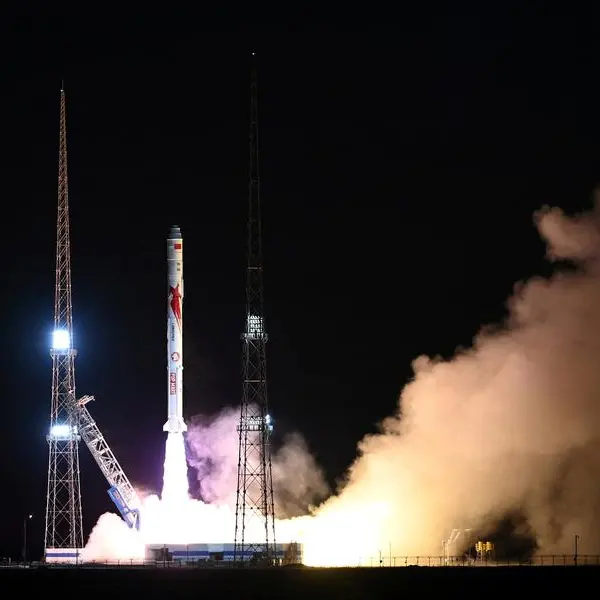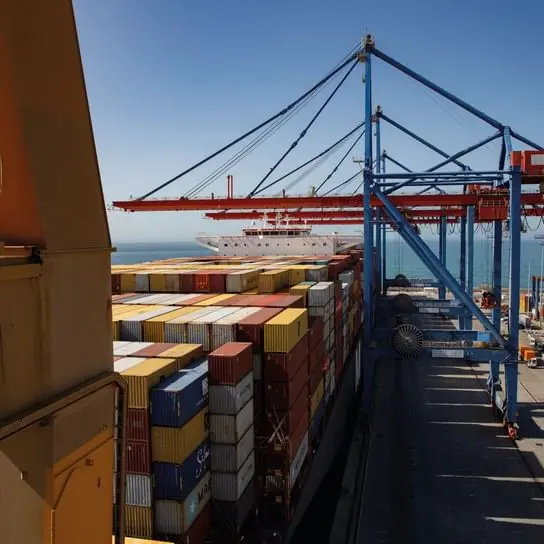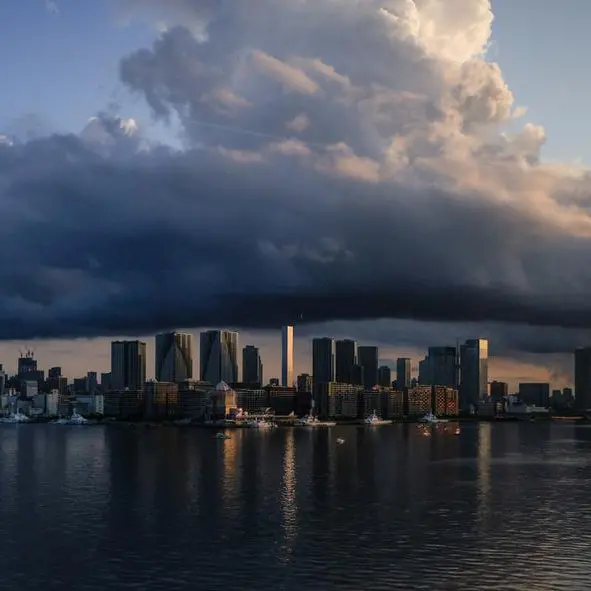PHOTO
This picture shows a fallen tree and bicycles amid strong winds and rain from the passage of Typhoon Bebinca in Shanghai on September 16, 2024. - The strongest storm to hit Shanghai in over 70 years made landfall on September 16, state media reported, with flights cancelled and highways closed as Typhoon Bebinca lashed the city with strong winds and torrential rains. (Photo by HECTOR RETAMAL / AFP).
Roads and neighbourhoods in Shanghai flooded on Friday as the Chinese megacity was battered by a second typhoon days after it was hit by its strongest storm in 75 years.
Typhoon Pulasan made landfall on Thursday night in the city's Fengxian district, with a maximum wind speed of 23 metres per second (83 kilometres per hour), according to state-run Xinhua news agency.
The storm "is forecast to gradually weaken as it moves inland", Xinhua said, though downpours continued in the city on Friday morning.
Videos posted on social media Friday showed Shanghai residents wading through calf-level water in some neighbourhoods, though no severe damage or casualties have been reported so far.
Parts of Shanghai upgraded their typhoon alert levels as the storm approached the city on Thursday.
Pulasan comes days after Typhoon Bebinca wreaked havoc on Monday as the strongest storm to hit the megacity since 1949.
Bebinca felled more than 1,800 trees and left 30,000 households without electricity, with authorities evacuating more than 400,000 people across Shanghai ahead of the storm.
Scientists say climate change driven by greenhouse gas emissions is making extreme weather more frequent and intense.
China is the world's biggest emitter of greenhouse gases, though its per capita emissions pale in comparison to rival economic power the United States.





















